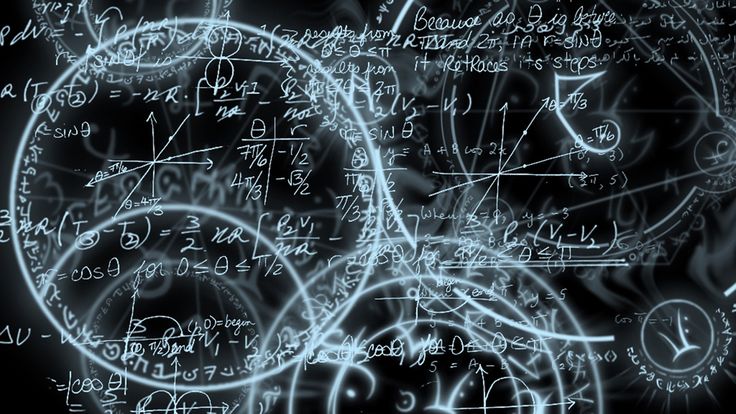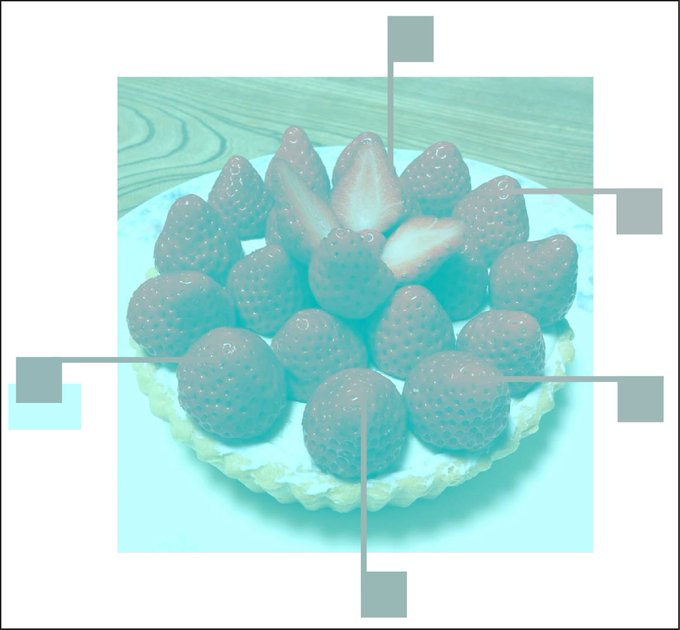Consciousness

(Based on my point of view: all of them need not be correct but would love to debate)
Though the technology has evolved to a greater extent, though we have www, and hold computers in our pocket, still there are many unanswered questions about the very existence of human life and consciousness. So, what is Consciousness? What makes humans different from other animals? What makes humans different from machines? Is Earth the only planet with life form? … These are the big QUESTIONS, for which many philosophers, neuroscientists, physicists, engineers, mathematicians, and many others have spent their entire life. Though these questions seem to be vague, they have their significance, which can help to advance human lifeform. In this blog post, I will talk more about consciousness and the associated theories, axioms, and mathematics. At the end of the blog, I will put my thoughts about current AI and the steps needed to build conscious algorithms.
What is Consciousness?
“It is just math. Why? Because it is the patterns, not the particles, that matter.” -Max. Tegmark
I view it as the existence of everything in the realm of nothingness. To breakdown, the word consciousness can be considered as a root cause of every human action (experiences), which when backtracked is nothing. So some researchers consider consciousness as experiences itself. This thought, results in two main questions: (1) How to quantify consciousness?, (2) what are the necessary conditions to express consciousness? With these two questions, we come to the most widely accepted theory of consciousness; Integrated Information Theory (IIT), where consciousness is viewed in the form of information and entropy. We will discuss the same in the following section.
Integrated Information Theory (IIT) of consciousness by Guilio Tononi.
IIT tries to explain the nature and source of consciousness by considering the consciousness as some kind of information that could be captured by a defined phi metric. IIT involves characterizing and quantifying the very fundamental element of consciousness, and it also discusses the physical attributes necessary for the system to experience consciousness. The theory explains experiences as a system of operations in some way. According to IIT, Consciousness requires interaction between elements within a system, which can quantify cause and effect relation. IIT also claims that the system which can quantify causal relations can be associated to consciousness. IIT claims that newly generated experiences add up to consciousness, while the routine attributes don’t trigger any conscious experiences. IIT tries to identify and quantify the subjective experiences of consciousness into the objectively definable system, with measurable metric ‘phi’. Phi calculates the maximal amount of integrated information in a system; in other words, it can be considered as information flow in clique structures formed in the complex network.
Axioms and Postulates in IIT:
- consciousness is real and very subjective in nature
- consciousness is an integrated effect, for example, color, shape, and texture, independently doesn’t result in any consciousness, but they exist in a collective conscious experiences
- Every conscious experience is very specific to certain thing, and it’s distinct from other experiences
- consciousness is directly related to cause-effect relations. The existence of any experience has no meaning if it’s not causally related to anything else
- consciousness is information, it also captures information to distinguish one experience from other, Which in IIT is encoded in causality definition
- MICS maximally irreducible conceptual structure implies that every structure in a group has a capacity to affect every other structure (clique definition in graph theory)
Why I’m not convinced about IIT
IIT associates any information flow in MICS to Consciousness, which always is not true. Consider any organism with just the visual cortex. The network is complex enough to result in many MICS. Can it be considered as consciousness? Well, the answer unknown yet, but I strongly feel it’s not. I believe that decision making element is essential for consciousness. I believe that the idea of MICS, combined with some decision making elements along with the memory, can explain and quantify consciousness. This brings us to the discussion of a few other concepts, free energy principles, and predictive coding, which speculates how human brains work and take descisions.
Free energy principle by Karl Friston

The free-energy principle explains the decision-making theory of the brain, considering the negative entropy of the system. The free-energy principle is formulated as a prediction error minimization problem. In other words, the free-energy principle minimizes the element of surprise. Most of our perception of the world is what we expect to perceive, rather than reality, the error between perceived and actual reality is prediction error, which can broadly be associated with free energy. The free energy principle greatly relies on the fact that biological system resists disorder and encourage self-organization. The brain as an inference engine is a foundation of free energy principles. Free energy integrated perception (top model and map external environment), memory (to determine causal relation for a perception), and learning (to update prior/belief). It uses gradient descent to minimize prediction error.
Key points from Free energy
- The free-energy principle considers minimization of surprise by constructing generative model used by the brain
- The brain uses a hierarchical dynamic model
- The free-energy method assumes Gaussian as recognition density function
- The free-energy method gradient descent to optimizing the formulated problem
Predictive Coding by Ballard DH

Predictive coding works with the analogy that the world we perceive is our own perception, which may or may not be the reality. Consider the famous strawberry optical illusion, which was created by Akiyoshi Kitaoka, a Professor of Psychology at Ritsumeikan University in Japan, which is described in the figure above. The strawberry seems to be red in color only because of perceived reality, the brain has prior associating strawberries with red color, but in reality, there doesn’t exist any red pixel in the entire image. This tells us lot about brain functioning, broadly speaking once the brain senses the stimuli, it performs probabilistic predictions where it tries to associate the stimuli to some pre-existing signal in the memory, in later steps brain develops generative maps for the same image which aligns well with the pre-existing prior which makes the above strawberries appear red. Foundations of predictive coding lie in generative models, where different versions of the same input stimuli are obtained to make a comparison with pre-existing prior.
Key points from Predictive Coding
- Brain perceives any signal as a probabilistic distribution
- Prediction errors are computed at every episode of stimuli processing (the episode is the length of generative predictions to match to the prior information)
- Predictive-Coding formulation combines both model prediction along with the prediction errors
Memory and Conciousness
Memory is one of the essential components for consciousness, and memory bridges the gap in many decision-making activities followed by the human brain. Memory is used to map the external environment; at the same time, it is used to map the generative models and priors (as proposed in Bayesian Brains and PC). However, IIT doesn’t involve the memory in its formulation, but in general, to have any consciousness experiences or to make an informed choice it’s necessary to have both long term and short term memories. Consciousness is not just an accumulation of sensory information in the memory, It does include many aspects of the external environment, human factors, and also includes merge of sensory information.
Memory can be defined as a complex process that involves the acquisition, maintaining, and recalling of information. There are three different types of memory, sensory memory, short term memory, and long term memory. Formation of memory always follows the same chain; first, it starts with sensory memory, followed by short term, and finally long term memory. Still, the definition of memory is a bit unclear as it doesn’t say much about memory, but when tracked down memory is linked with consciousness experiences.
Can algorithms be conscious?
Is intelligence just about storing and retrieving memory? No, intelligence is very subjective in nature. Intelligence can be considered as an integration of conscious experience. Again this results in the question; can there exist conscious algorithms? Or can AI be conscious?
As discussed above, for any system to be conscious it needs to relate and analyze causation, should possess irreducible complex structure, should attempt to minimize the element of surprise, should possess generative framework, perform some form of optimization, and should be able to incorporate past experiences and external environment. Observing all the above property, I strongly believe that algorithms can be conscious, Provided if we’re able to model them mathematically.
References:
- Tononi G: Information measures for conscious experience. Arch Ital Biol. 2001, 139 (4): 367-371.
- Tononi G: Consciousness and the brain: Theoretical aspects. In: Encyclopedia of Neuroscience. Edited by: Adelman G, Smith, B. 2004, Elsevier, 3
- Karl Friston: The free-energy principle: a rough guide to the brain?

Leave a Comment